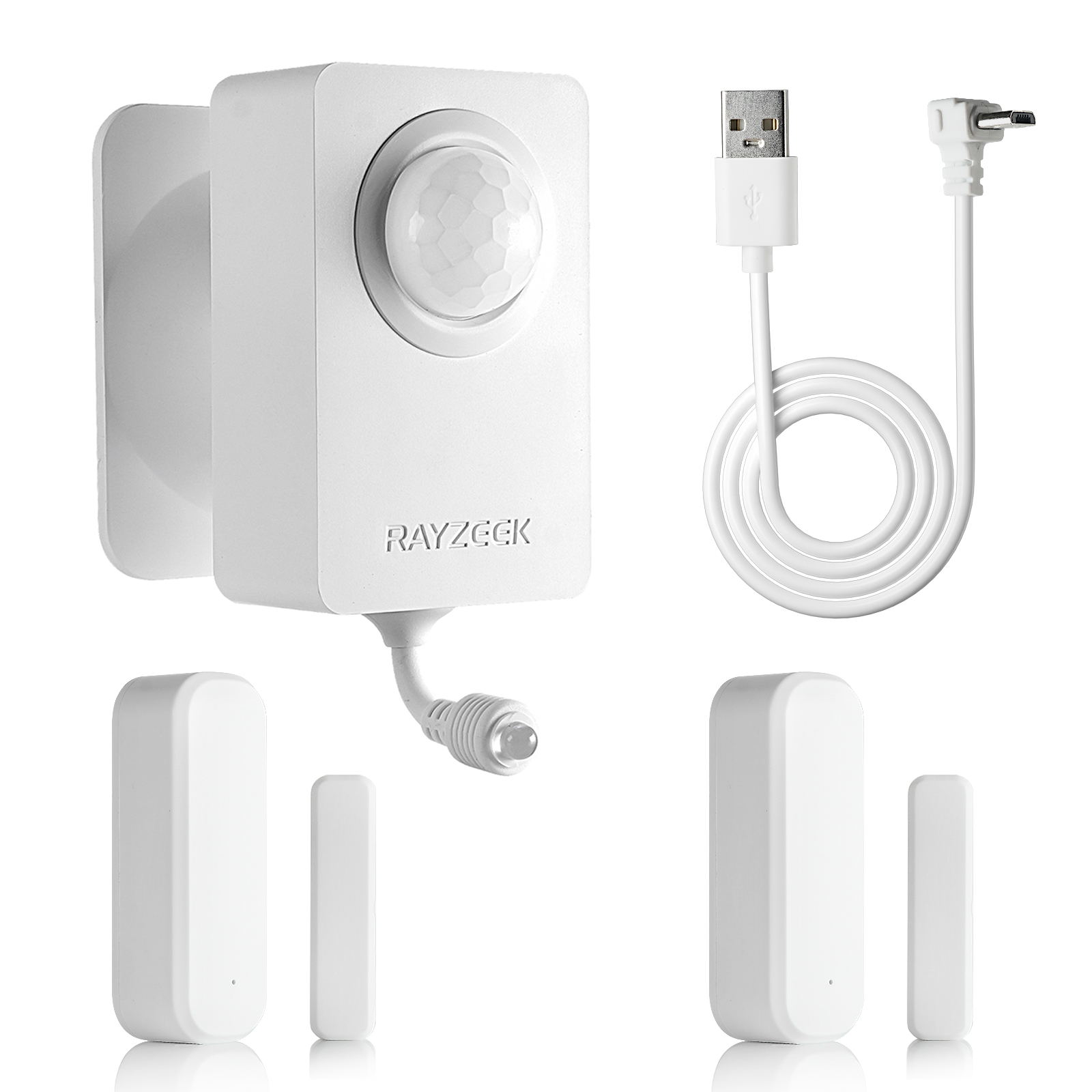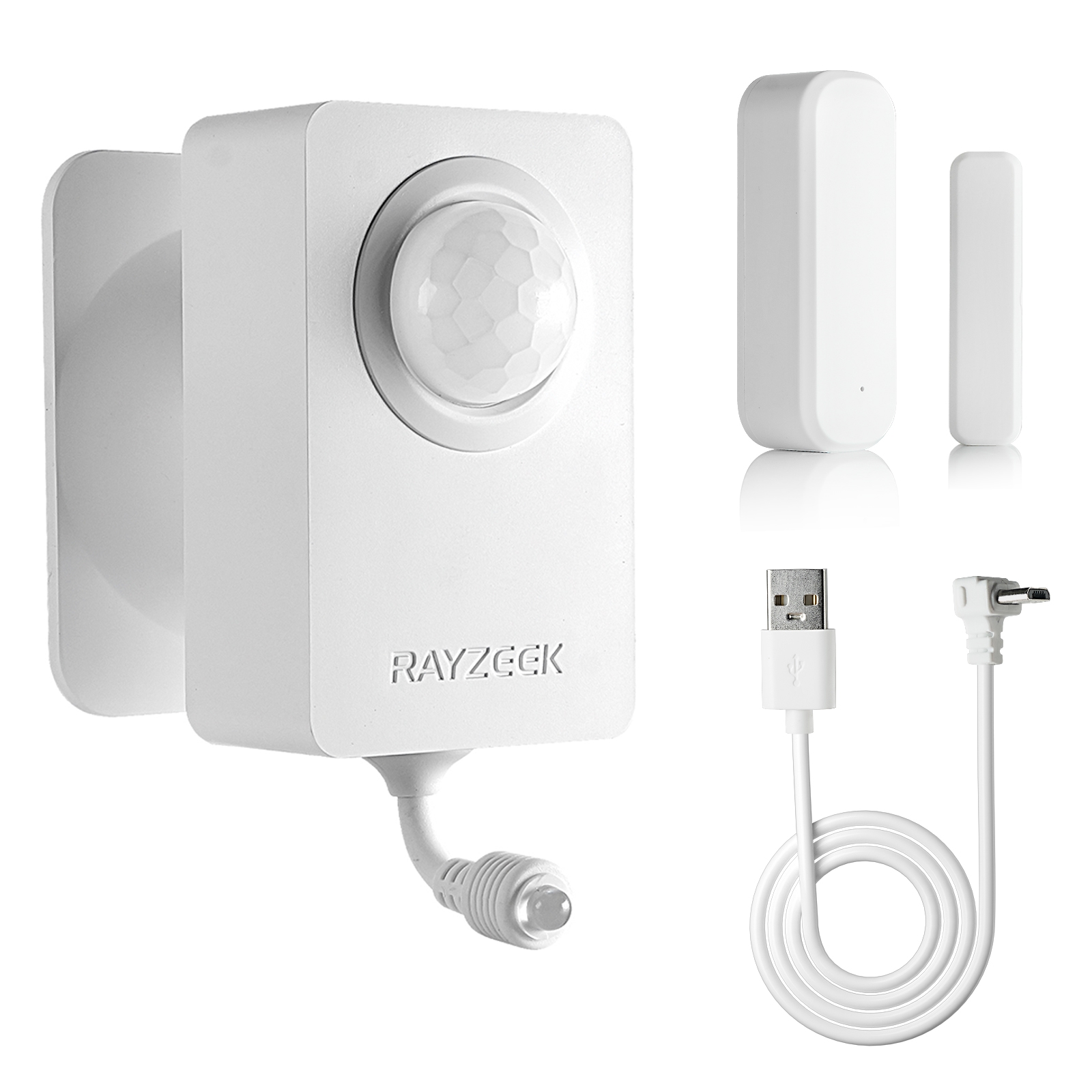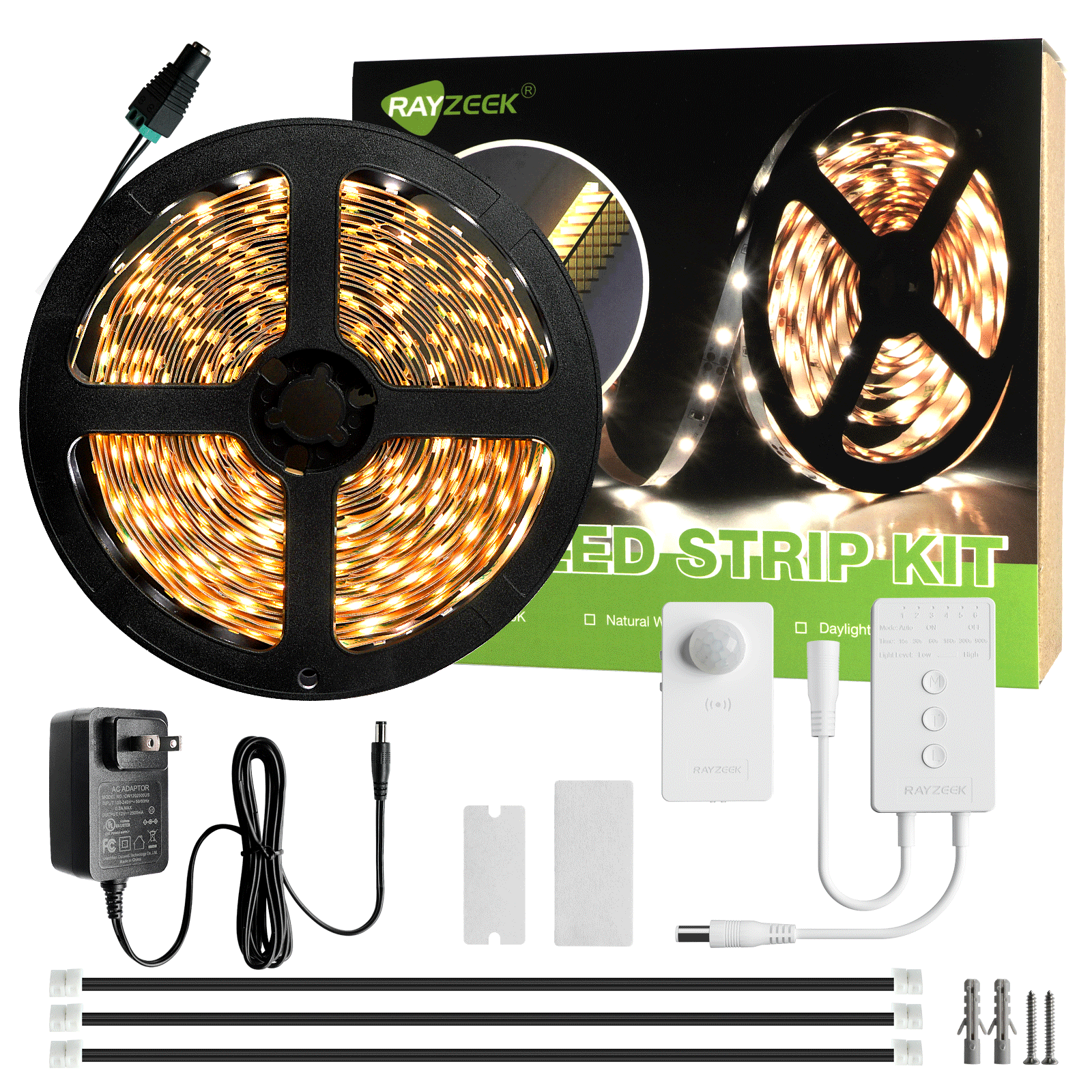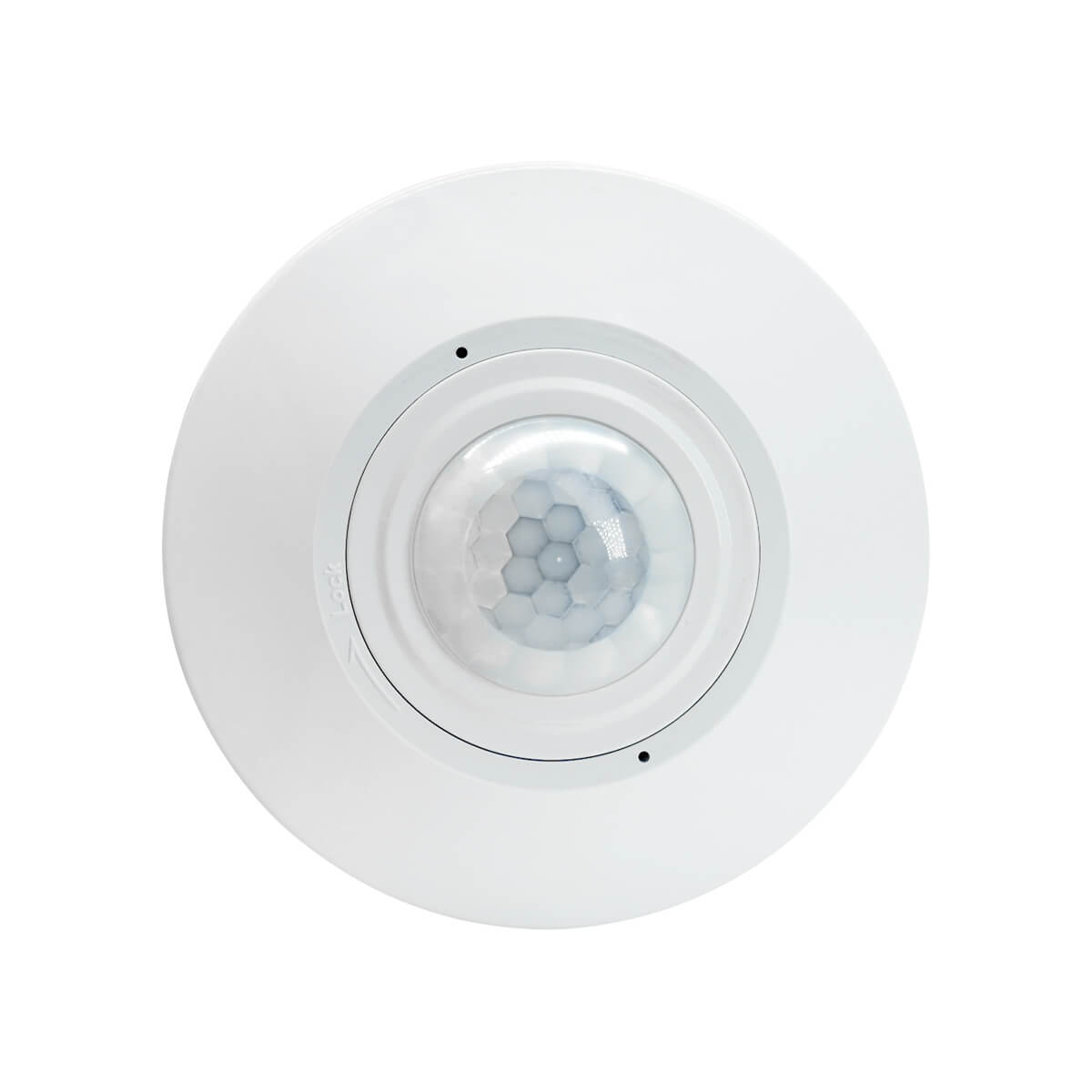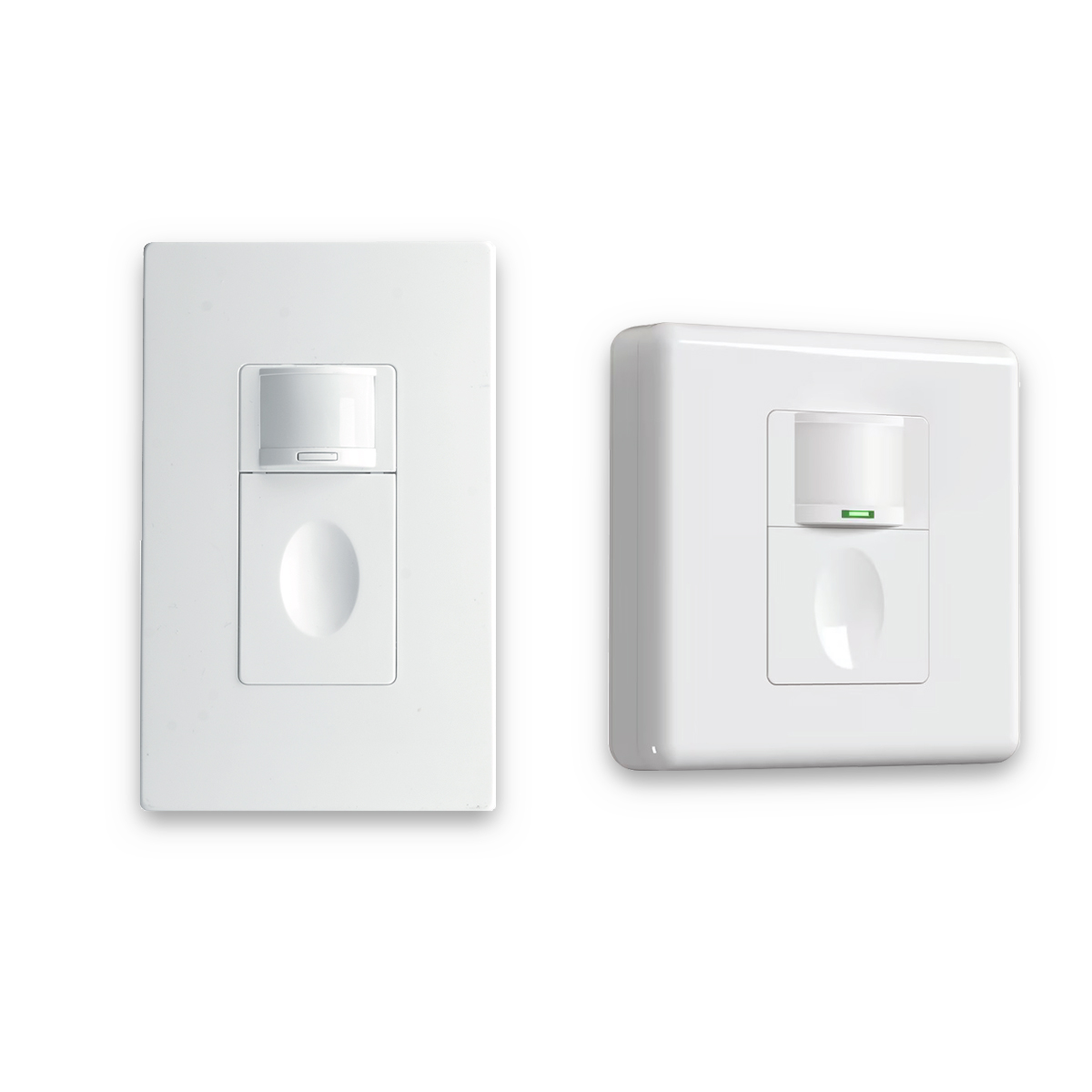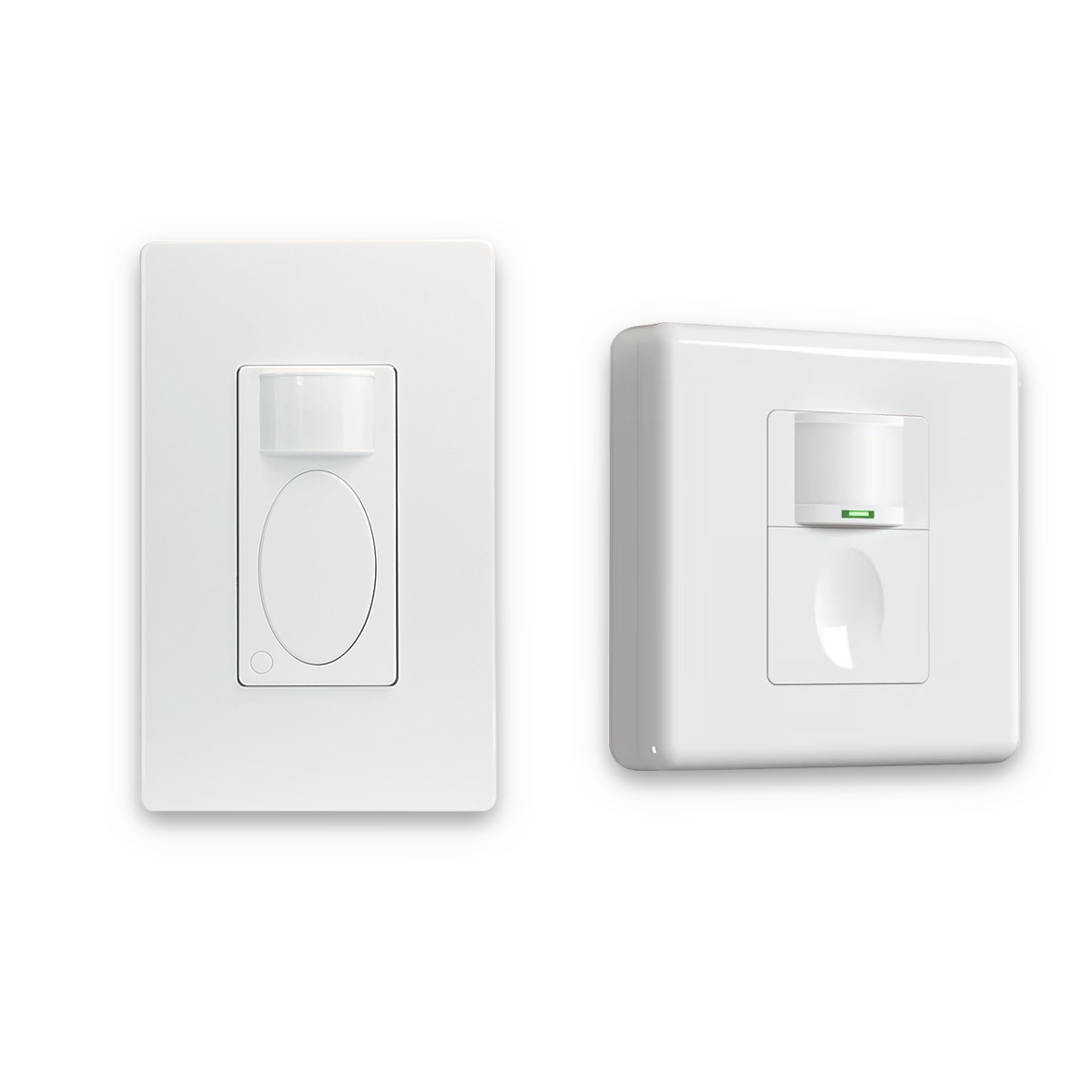What is Luminous Intensity
Luminous intensity is the amount of light power emitted by a point source within a specific solid angle. It is a measure of the brightness or strength of a light source in a particular direction. Luminous intensity is typically expressed in candela (cd) and is used to quantify the optical output of light sources.
Get Inspired by Rayzeek Motion Sensor Portfolios.
Doesn't find what you want? Don't worry. There are always alternate ways to solve your problems. Maybe one of our portfolios can help.
The measurement of luminous intensity takes into account the sensitivity of the human eye to different wavelengths of light. It is determined by the Vλ luminosity function, which is a standardized model used to calculate the perceived brightness of different wavelengths. This function allows for the weighting of the power of light emitted at different wavelengths based on the eye’s sensitivity.
Luminous intensity is important in the development, manufacture, and quality control of light-emitting diodes (LEDs) and solid-state lighting (SSL) for the commercial market. It allows for the quantification of the optical output of directional light sources, enabling accurate comparisons and assessments. By understanding the luminous intensity, lighting professionals can design and control lighting systems to achieve desired lighting effects.
Maybe You Are Interested In
Frequently Asked Questions
Which Type of Lights Have the Best Luminous Efficiency
In terms of luminous efficiency, efficient LEDs outperform conventional lamps. Unlike incandescent lamps, which have an energy conversion efficiency of only 10% to 20%, highly efficient LEDs currently achieve values between 40% and 50%.


